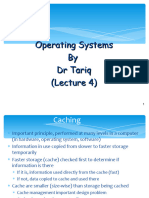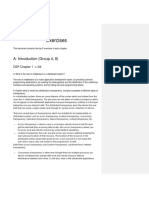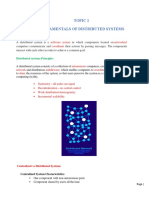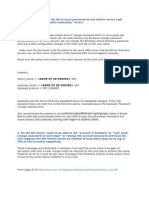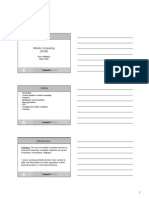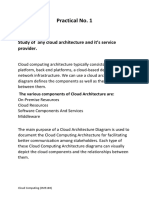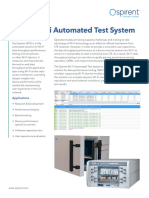0% found this document useful (0 votes)
25 views9 pagesModule-01 MQP Solutions (Search Creators)
The document outlines the evolution of computer technologies across five generations, from mainframes to high-performance computing, highlighting key features and examples of each era. It also discusses the importance of cloud computing for modern internet applications, listing eight reasons for its adoption. Additionally, it explains the Message Passing Interface (MPI) for parallel computing and details various system attacks and network threats, categorizing them into four types of losses: confidentiality, integrity, availability, and improper authentication.
Uploaded by
krinishitaCopyright
© © All Rights Reserved
We take content rights seriously. If you suspect this is your content, claim it here.
Available Formats
Download as PDF, TXT or read online on Scribd
0% found this document useful (0 votes)
25 views9 pagesModule-01 MQP Solutions (Search Creators)
The document outlines the evolution of computer technologies across five generations, from mainframes to high-performance computing, highlighting key features and examples of each era. It also discusses the importance of cloud computing for modern internet applications, listing eight reasons for its adoption. Additionally, it explains the Message Passing Interface (MPI) for parallel computing and details various system attacks and network threats, categorizing them into four types of losses: confidentiality, integrity, availability, and improper authentication.
Uploaded by
krinishitaCopyright
© © All Rights Reserved
We take content rights seriously. If you suspect this is your content, claim it here.
Available Formats
Download as PDF, TXT or read online on Scribd
/ 9


